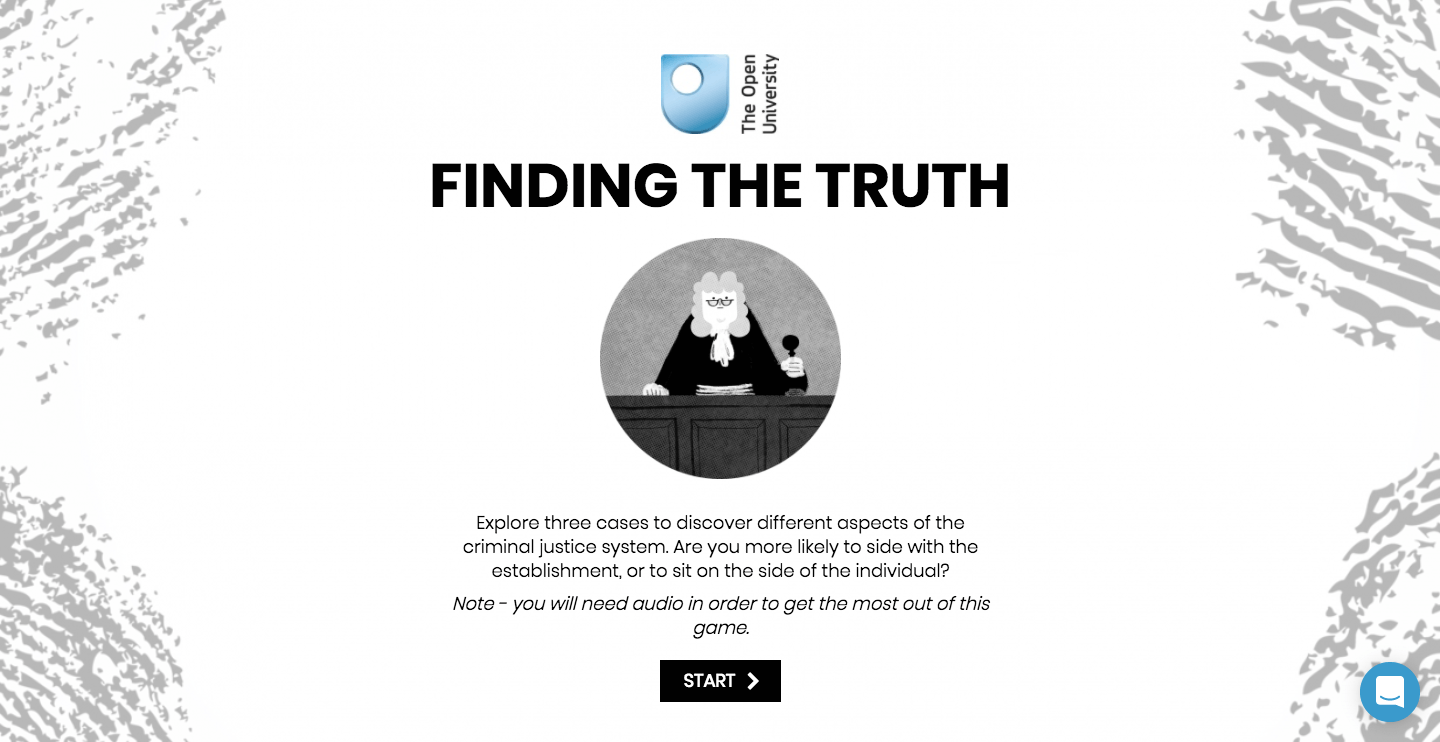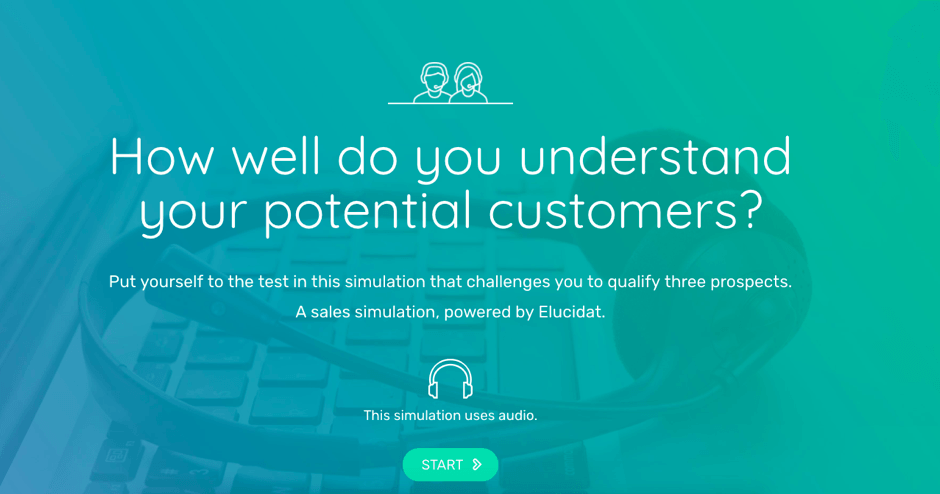4 Reasons Why You Should Consider Using Audio For Your eLearning
If you want to make your eLearning immersive and engaging for your learner, while also ensuring that content is clearly communicated and explained, audio is the method for you. Discover these 6 strategies for incorporating audio into your eLearning.
How? 4 Examples To Inspire You
The following 4 eLearning examples each feature a unique use of audio, and they all do so in order to meet a clearly defined learning objective. Check them out to feel inspired about what audio could do for you and your learners.
Objective 1: To Bring Richness To A Story
The Open University uses audio brilliantly in this project to help get the learner’s imagination going.
The voiceover draws learners in and adds an extra layer of detail to the animations. It’s not required in order for the content to make sense, but it does improve it. As the disclaimer message on the start screen warns, you will require audio to "get the most out of this game". This statement is intriguing for the learner and encourages them to make sure their audio is enabled.
Objective 2: To Explain Complex Concepts
It has been shown that audio accompanied with diagrams or graphics can help to increase understanding, particularly if the content is complicated. Read more about the research by Ruth Clark and Richard Mayer. [1]
It’s important to tread carefully though, as Clark and Mayer also found that a media mix that doesn’t work harmoniously together can overwhelm and confuse the learner.
Be inspired by this example from The Guardian, in which audio is applied to the explanation of the quantum theory and black holes in a way that perfectly complements the animation.
Objective 3: To Immerse The Audience
Researchers from Princeton University have found that interpersonal interactions shape how people think and act [2] by modifying the brain’s responses. So if you’re not already building relationships between your learner and your content, it’s time to consider it.
This sales training simulation immerses the audience within the content to make the scenario feel as real as possible. This is achieved through the use of audio to mimic a real-life sales call, similar to one that the learner may experience in their sales-focused role.
Objective 4: To Create Fun
Who said learning can’t be fun?
This Christmas quiz features a music round that uses audio. The best thing about this example is that it includes a mix of media. However, in line with Clark and Mayer’s research, it doesn’t overload the learner with multiple media formats all at once. You have to go through a few rounds without audio in order to reach the music round.
Audio offers a good alternative to simple multiple choice or other formats and can help you break up your content so that your learner doesn’t lose interest. Even better for your learner’s attention span, keeping the audio clips really short (just a couple of seconds) helps to keep the learning snappy.
Beware: The Pitfalls Of Audio In eLearning
Hopefully, these 4 examples have given you some ideas about how you could use audio within your own eLearning. It’s important to note that they’ve also highlighted some considerations to be aware of around the use of audio. For example, we know that mixing too many media formats that don’t complement each other can be damaging to your learner. Discover 6 best practice ways to use audio in eLearning here.
Love these examples? Take a look at more examples created with Elucidat.
References:
- Mayer & Clark – 10 brilliant design rules for e-learning
- Hasson brings real life into the lab to examine cognitive processing



